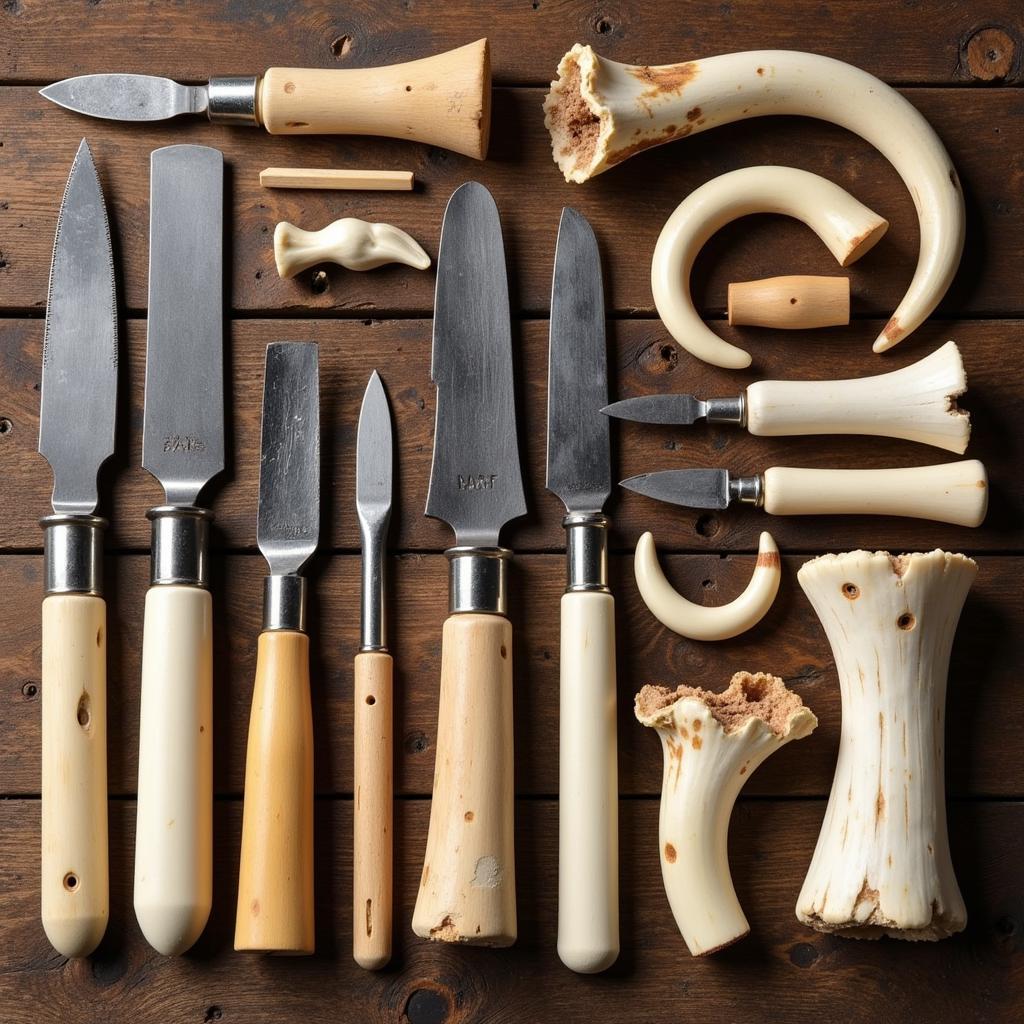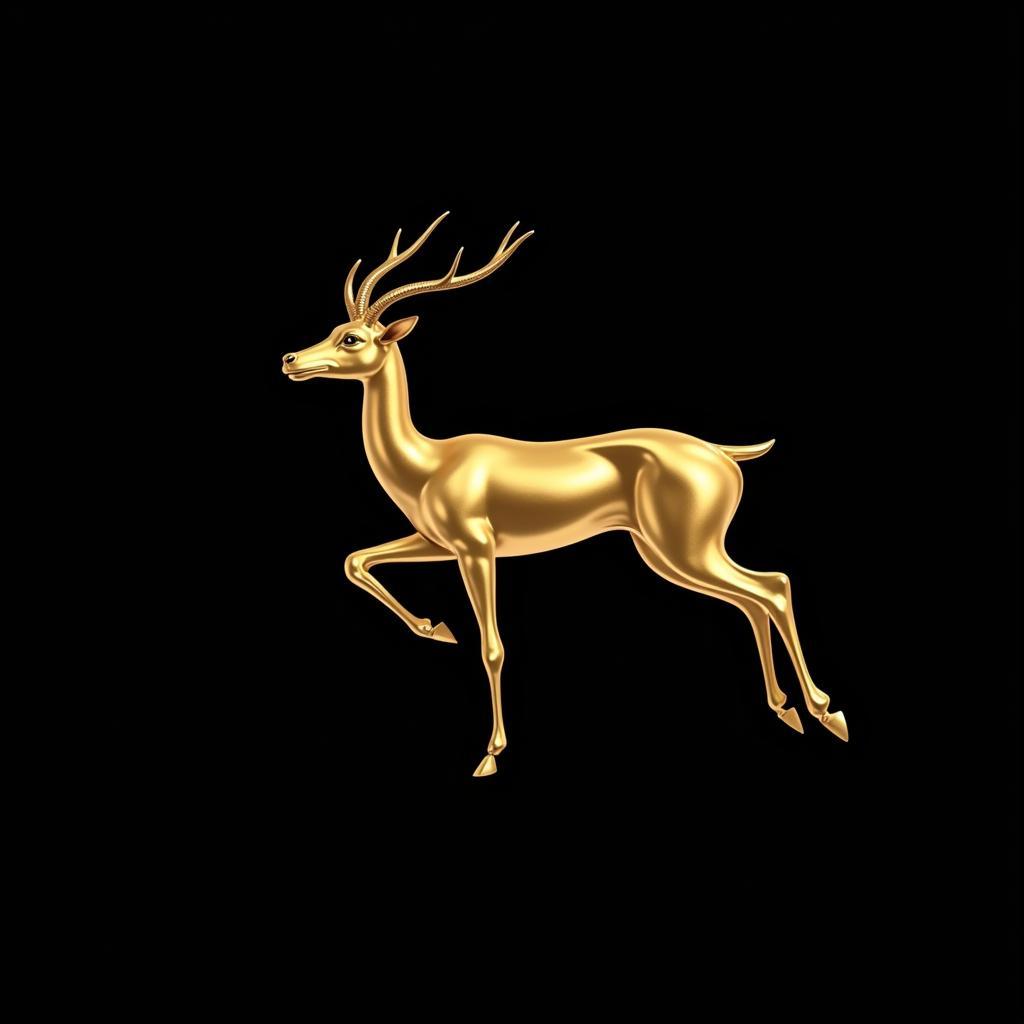Exploring the Intricacies of Bone Art
Bone Art, an ancient art form that involves carving and shaping bones into decorative or functional objects, has been around for centuries. From intricately carved whalebone sculptures to delicate bone jewelry, this unique art form continues to fascinate and intrigue us with its beauty and craftsmanship.
 Ancient Bone Carving Tools and Materials
Ancient Bone Carving Tools and Materials
A Journey Through Time: The History of Bone Art
The origins of bone art can be traced back to the Paleolithic era, with evidence suggesting that early humans used bone fragments for both practical and artistic purposes. Discoveries of carved bone tools, weapons, and jewelry illustrate the significance of bone as a material in early human societies. Whalebone art emerged as a prominent form of bone art in coastal communities, where the large bones of whales provided ample material for carving intricate sculptures and tools.
As civilizations developed, so too did the techniques and styles of bone art. In ancient China, bone was used to create elaborate hairpins, pendants, and other decorative items, often adorned with intricate carvings and inlays. The indigenous peoples of North America developed sophisticated carving traditions, using bone to create tools, weapons, and ceremonial objects.
Bone as a Medium: Challenges and Possibilities
Working with bone presents unique challenges and rewards for artists. Bone’s hardness and durability allow for intricate carving and fine detail work. However, its brittle nature requires careful handling and specialized tools. The organic nature of bone also means that each piece is unique, with variations in color, texture, and grain adding to its individual character.
Bone art encompasses a wide range of styles and techniques. Scrimshaw, a traditional form of bone carving popular among sailors, involves etching designs onto whalebone or ivory. Contemporary bone artists continue to push the boundaries of the medium, experimenting with new techniques and incorporating bone into mixed-media sculptures and installations.
The Enduring Appeal of Bone Art
Bone art continues to captivate audiences today, offering a glimpse into the history, culture, and artistic ingenuity of different cultures. Whether it’s a delicate bone carving depicting a mythical creature or a modern sculpture that challenges our perceptions of the material, bone art continues to inspire awe and wonder.
Bone Art FAQ
What are the most common types of bone used in bone art?
Commonly used bones include those from cattle, deer, elk, and other large mammals. Whalebone, ivory (though ethically sourced alternatives are encouraged), and fish bones are also used, each with unique properties.
Is bone carving difficult to learn?
Like any art form, it requires patience and practice. It’s recommended to start with softer bone types and gradually work your way up to harder ones.
Where can I find bone art for sale?
Online marketplaces, art galleries specializing in folk or tribal art, and even antique shops often carry bone art pieces.
Continuing the Legacy: Bone Art Today
As we move forward, it’s crucial to appreciate and support the ethical practice of bone art. This includes sourcing materials responsibly, respecting cultural traditions, and promoting sustainable practices. By understanding its rich history and appreciating the skill required to create it, we can ensure that bone art continues to thrive as a unique and powerful art form for generations to come.
If you have questions or need assistance, please contact Phone Number: 02462573573, Email: [email protected]. We are available 24/7 to help you. We are located at Savico Megamall, 7-9 Đ. Nguyễn Văn Linh, Gia Thụy, Long Biên, Hà Nội 10000, Việt Nam.


